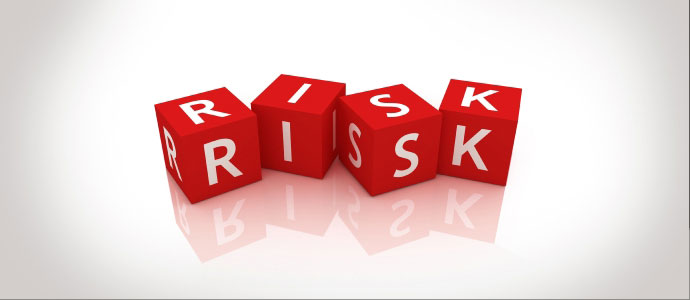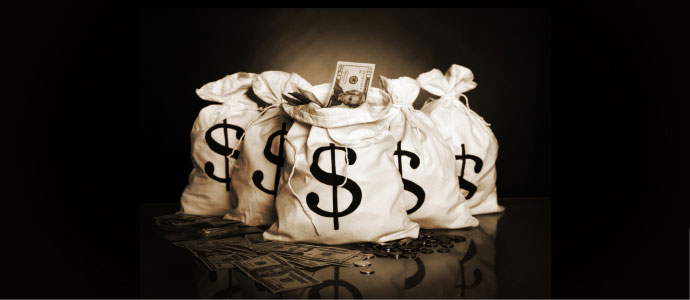 SXSW Interactive kicked off last week in Austin, Texas. Attended by 30,000 digital media industry professionals including tech startup founders, digital strategists, and venture capitalists, this trade show is unlike any other and offers a great opportunity to come to market with the next great digital product. In fact, many digital startups have been successfully launched here, including Twitter!
SXSW Interactive kicked off last week in Austin, Texas. Attended by 30,000 digital media industry professionals including tech startup founders, digital strategists, and venture capitalists, this trade show is unlike any other and offers a great opportunity to come to market with the next great digital product. In fact, many digital startups have been successfully launched here, including Twitter!
For the rest of us, what can a small business learn from SXSW?
- Stay on Top of the Latest Technology: Technology moves at warp speed these days, and as a small business owner, it can be difficult to sort through the many apps, social media websites, SaaS products, and digital media that are available to small businesses. SXSW Interactive is a great resource to determine the leaders in any given interactive space, so that you can make a solid choice for what technologies you will use to support your business.
- Advice from Top Technology Leaders: SXSW Interactive gives your business access to the foremost experts in technology. For example, this year, Edward Snowden spoke about what to watch for in order to better secure your small business online.
- Opportunity for Brand Exposure: If you’re a small business in the digital space, SXSW Interactive is an ideal opportunity for brand exposure and professional networking. And if you can’t afford the hefty sponsorship fees for SXSW, you can attend seminars that will show you how to get that same type of brand exposure online - which we’ve already touched on in our post, “5 Strategies for Building a Strong Personal Brand Online.”
About FACTOR KING®
At Factor King®, through our leverage of various technologies, our systems and procedures provide fast and accurate factoring, simple order processing, and ease of use - allowing our clients to focus on building their core business. Client growth is how we measure our own success. Apply now to convert your company’s assets into immediate cash!
Related Articles:
8 Mobile Apps for Small Business
Startup Capital: Sources of New Business Funding
5 Tips for Managing Invoiced Receivables
 Tuesday, April 1, 2014
Tuesday, April 1, 2014  Profits,
Profits,  increase productivity,
increase productivity,  small business in
small business in  sales
sales 



















